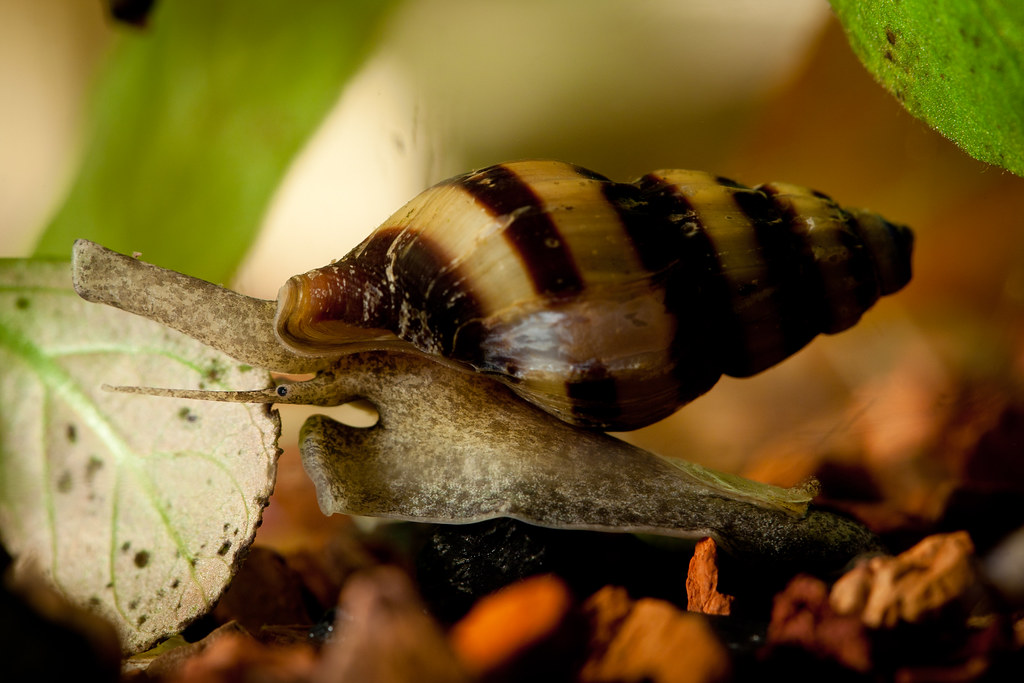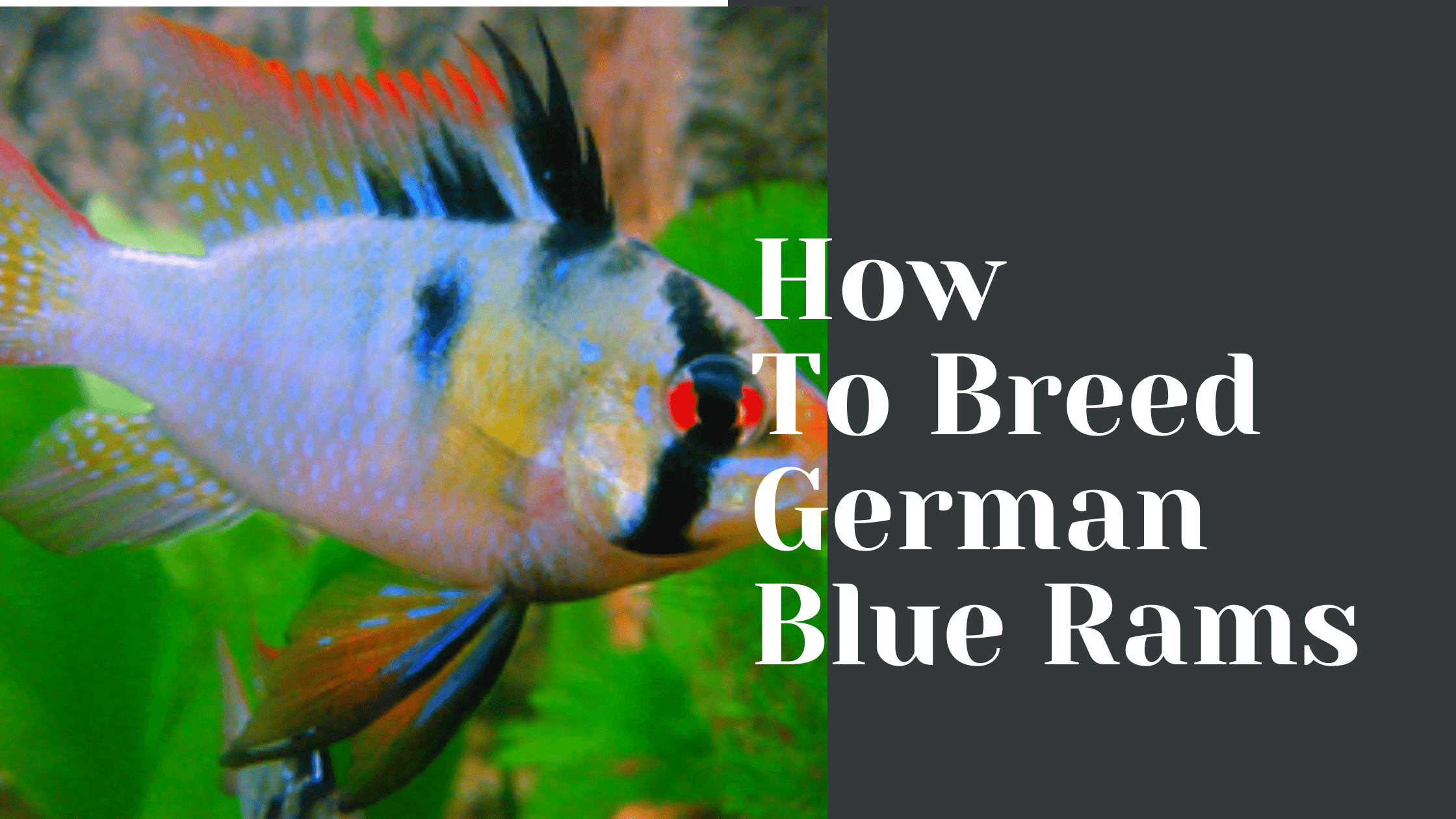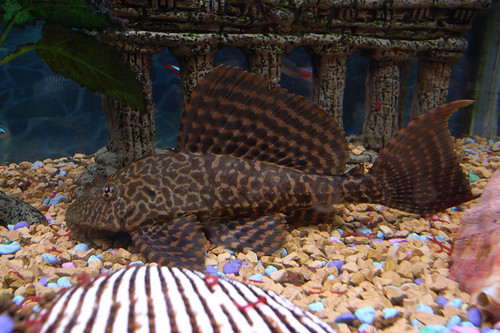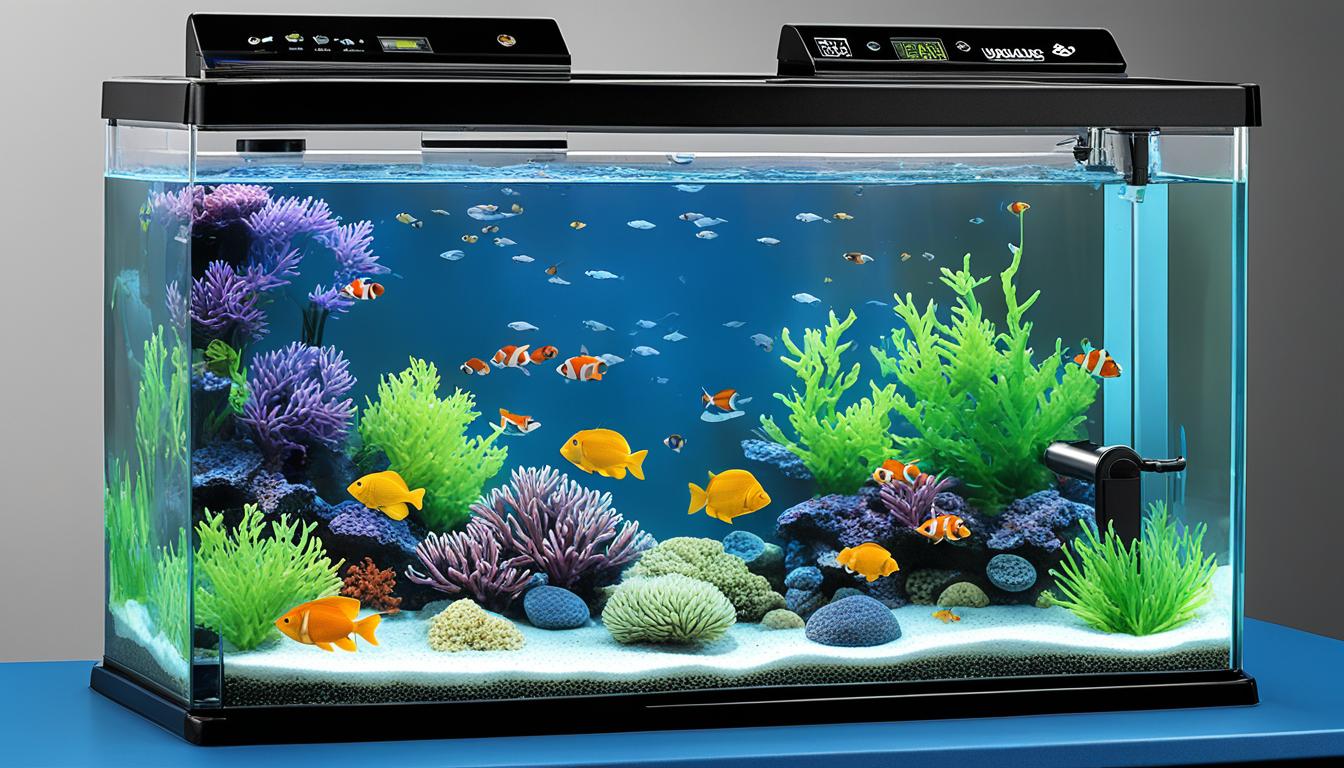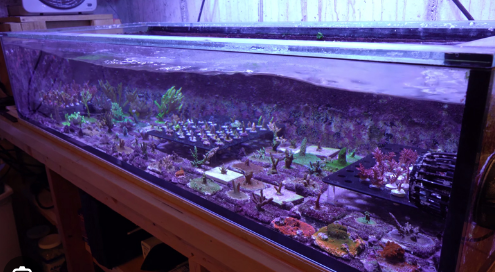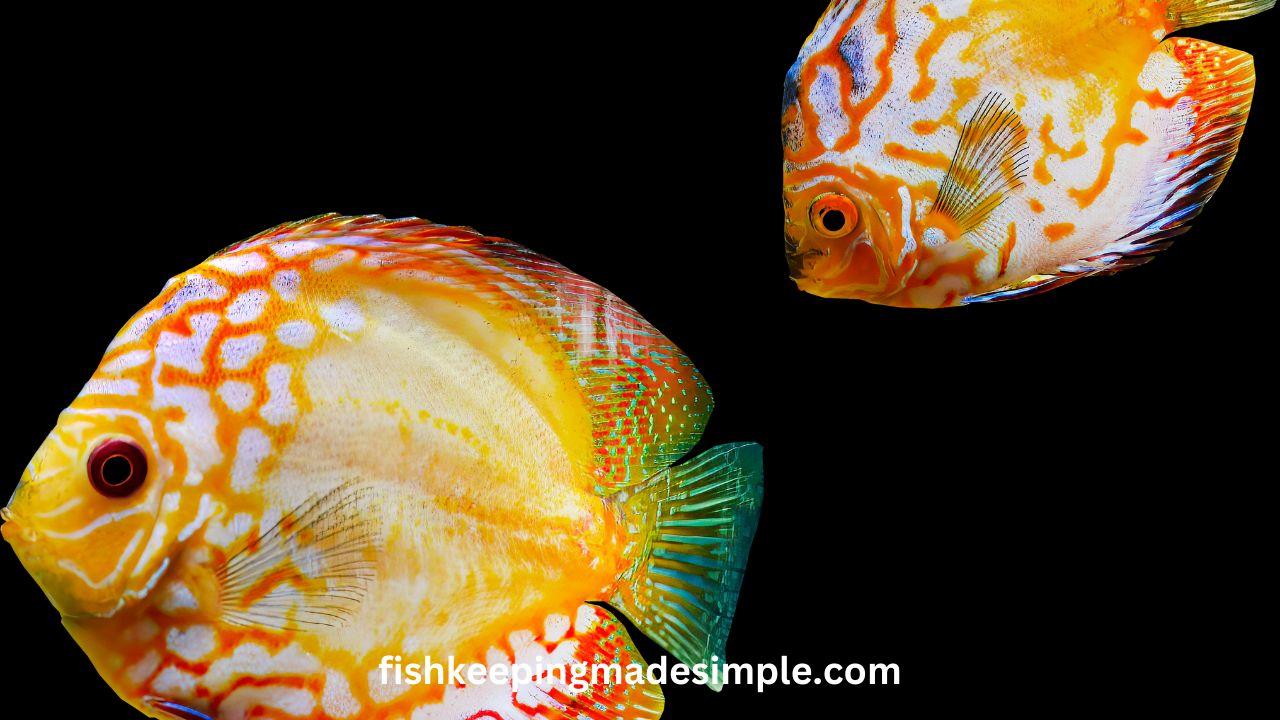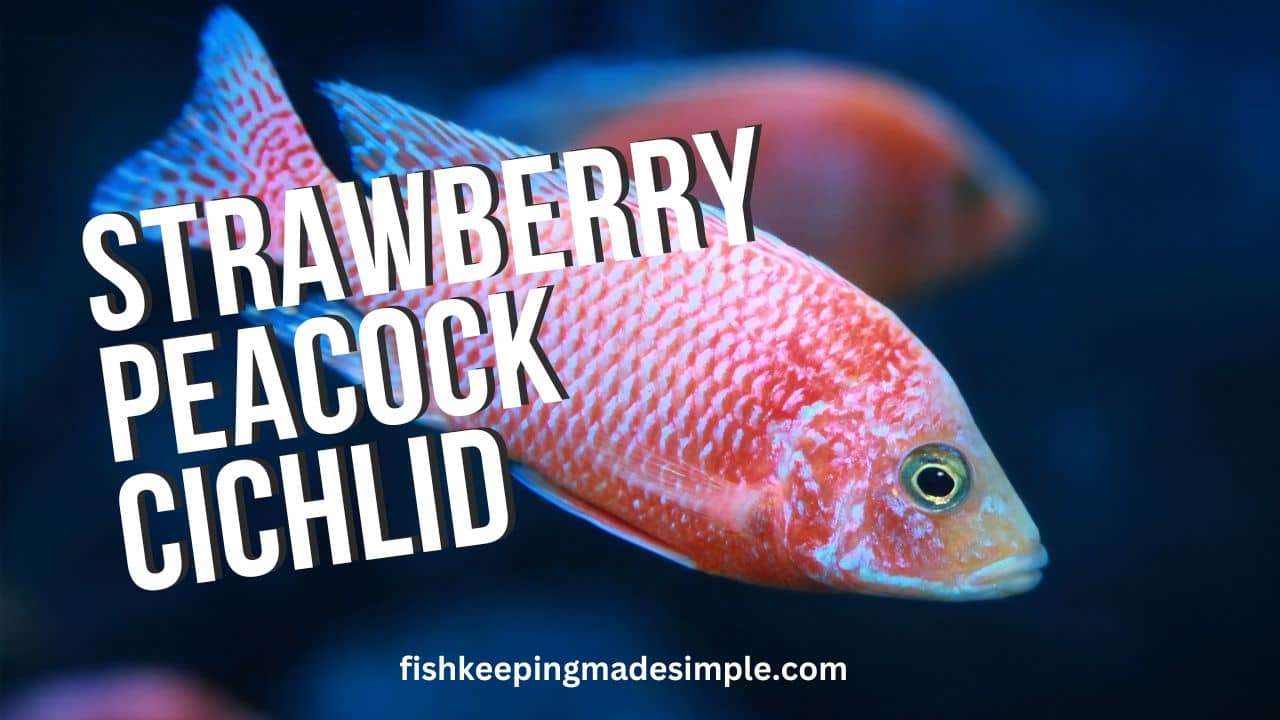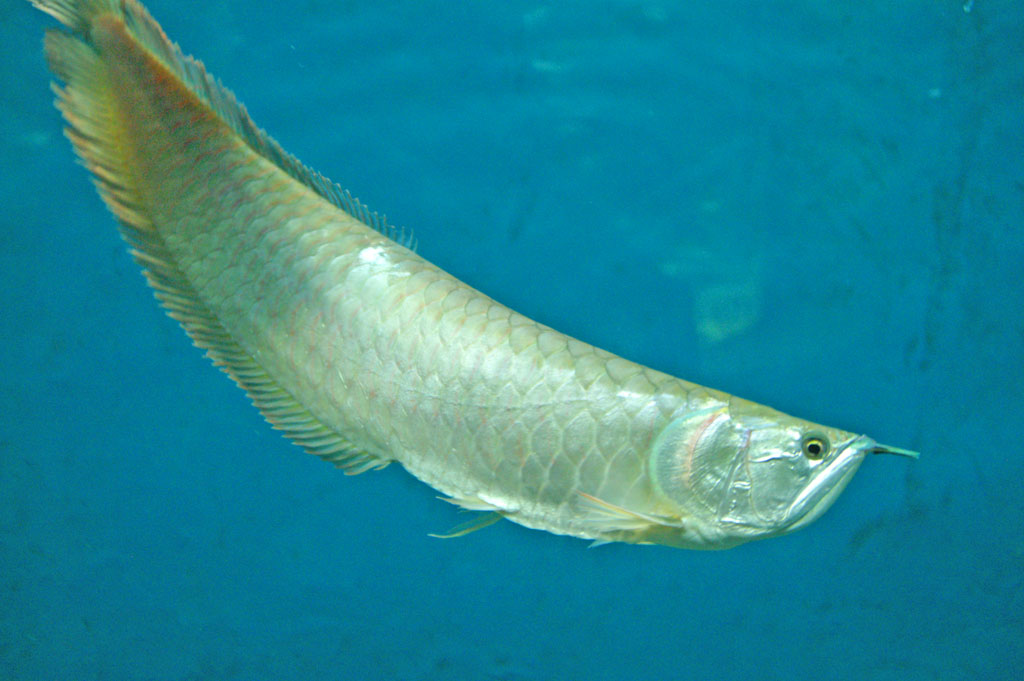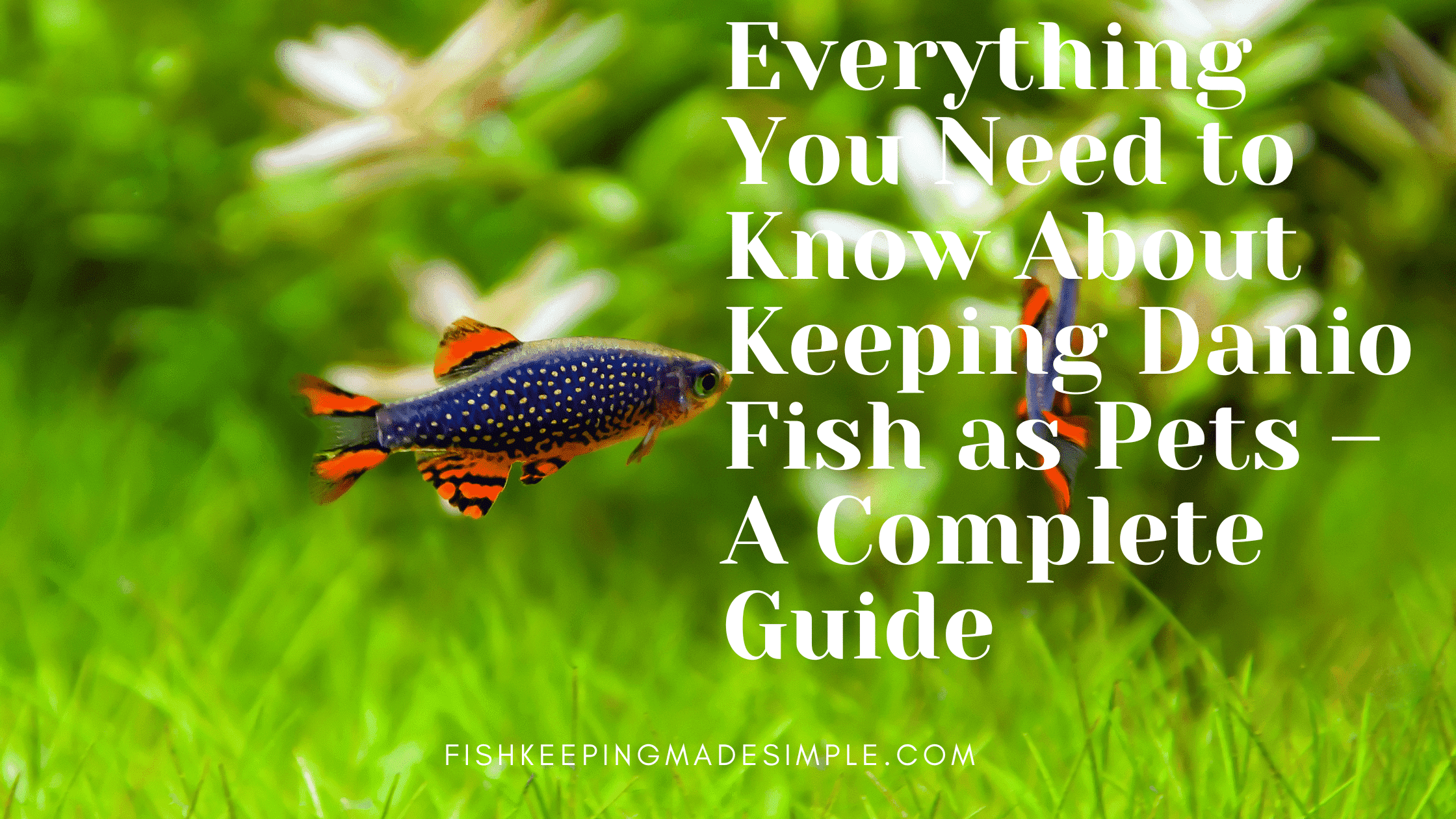Did you know that a single assassin snail can eliminate all gastropods from a 20-gallon tank in just three months? These formidable predators have become a popular solution for aquarists struggling with pest snail populations. Assassin snails, known for their striking cone-shaped, gold-colored shells with dark stripes, are highly effective at controlling unwanted snails in aquariums and ponds.
As a hobbyist, understanding which snails can coexist with assassin snails is crucial for maintaining a balanced ecosystem. Assassin snails are predators that thrive in stable water conditions and appropriately sized tanks. They are safe to keep with peaceful fish and non-snail invertebrates, making them a versatile addition to many aquatic environments.
This guide is designed for informed hobbyists seeking expert advice on snail care. We’ll cover everything from habitat and diet to reproduction and tank mates, ensuring you have all the knowledge needed to care for these fascinating creatures effectively. Whether you’re dealing with pest snails or simply looking to expand your aquarium’s diversity, this guide will provide you with the insights you need.
Table of Contents
Key Takeaways
- Assassin snails are highly effective at controlling pest snail populations in aquariums and ponds.
- They require stable water conditions and a minimum tank size of 2 gallons.
- Assassin snails can coexist with peaceful fish and non-snail invertebrates.
- Their care involves a protein-rich diet and proper habitat setup.
- Breeding assassin snails requires a group of at least six individuals to ensure both males and females are present.
Understanding Assassin Snails and Their Habitat
Assassin snails, known scientifically as Clea helena, are remarkable creatures with distinct traits that set them apart from other snails. Their golden shells, adorned with dark stripes, are not only visually striking but also serve as protective armor. Reaching up to 1 inch in size, these snails are relatively small but highly effective predators.
In their natural habitat, assassin snails thrive in Southeast Asia’s slow-moving waters, including ponds and swamps. Mimicking these conditions in an aquarium is crucial for their well-being. A well-cycled tank with stable water parameters ensures they stay healthy and active.
Key Characteristics of Assassin Snails:
- Golden shell with dark stripes
- Up to 1 inch in size
- Thrives in slow-moving waters
- Requires stable water conditions
Ideal Tank Conditions:
- pH range: 7.2–8.0
- Temperature: 70°F–80°F
- Water hardness: 6–20 dGH
Creating a natural environment with proper substrate and hiding spots is essential. Regular water changes and balanced filtration support their health, making them thrive in captivity.
By replicating their natural habitat, you can ensure your assassin snails remain healthy and effective at controlling pest snail populations.
What snails can live with assassin snails?

Assassin snails can coexist with certain species, but careful selection is crucial. Mature snails like Mystery, Japanese Trapdoor, and Nerite snails are generally safe if larger. However, smaller or softer-shelled snails like Malaysian Trumpet snails are at risk.
Snail Species That Thrive Together
Peaceful fish such as Corydoras Catfish and Neon Tetra can share the tank. Shrimp, like Amano or Cherry Shrimp, are also good companions. Live plants provide shelter and balance the ecosystem.
Snails to Avoid in the Same Tank
Smaller snails, such as Pond Snails and small Ramshorn Snails, are vulnerable to predation. Avoid mixing soft-shelled species with Assassin Snails to prevent conflicts.
| Snail Species | Compatibility | Reason |
|---|---|---|
| Mystery Snails | Compatible | Larger size and harder shells protect them. |
| Japanese Trapdoor Snails | Compatible | Their hard shells and size make them safe. |
| Nerite Snails | Compatible | Their size and shell strength offer protection. |
| Malaysian Trumpet Snails | Incompatible | Small size and soft shells make them prey. |
| Pond Snails | Incompatible | Soft shells and small size increase vulnerability. |
By choosing the right tank mates, you can create a balanced aquarium where Assassin Snails and other species coexist harmoniously. Monitoring snail populations and maintaining a diverse environment ensures a thriving ecosystem.
Assassin Snail Diet and Feeding Strategies
Assassin snails are carnivores, primarily feeding on pest snails such as Malaysian Trumpet and pond snails. Their diet plays a crucial role in controlling unwanted snail populations in aquariums.
Favorite Prey and Supplementary Foods
These snails thrive on a diet rich in protein. Their favorite prey includes smaller snail species, which they hunt using a specialized proboscis to penetrate shells. When live prey is scarce, they can be supplemented with bloodworms, meaty pellets, and algae wafers.
Feeding Routine and Nutritional Tips
Feed assassin snails 2-3 times a week, ensuring portions are small to avoid overfeeding. Monitoring their food intake is essential to maintain water quality. Encourage natural hunting behavior by placing food near plants, prompting them to forage.
| Food Type | Preference Level | Details |
|---|---|---|
| Pond Snails | High | Preferred live prey for assassin snails. |
| Malaysian Trumpet Snails | High | Common prey due to their abundance. |
| Bloodworms | Medium | Supplementary protein source. |
| Algae Wafers | Low | Acceptable when live prey is unavailable. |
Maintaining a balanced diet ensures assassin snails remain healthy and effective in controlling pest populations. By combining live prey with occasional supplements, you create a thriving environment for these beneficial snails.
Reproduction and Lifespan of Assassin Snails
Assassin snails exhibit fascinating reproductive behaviors that are crucial for maintaining their population in aquariums. These snails typically mate at night, with the process lasting several hours. After mating, female assassin snails lay their eggs individually in clusters on hard surfaces like rocks or driftwood.
Breeding Behavior and Egg Laying Process
The eggs are encased in translucent, rectangular capsules that adhere firmly to the surface. Each capsule contains a single yellow egg, and the female can lay multiple capsules over time. Hobbyists often find these eggs in shaded areas of the tank, where the female snail carefully places them to ensure survival.
Growth, Development, and Lifespan Expectations
Under ideal conditions, assassin snails can live for two to three years. The eggs hatch after about two months, with the juveniles emerging fully formed and ready to hunt small snails immediately. As they grow, their shells develop the characteristic golden color with dark stripes, reaching up to 1 inch in size.
To promote healthy reproduction, maintain stable water conditions with temperatures between 70°F and 80°F and a pH range of 7.2–8.0. Providing a varied diet rich in protein and creating a natural environment with ample hiding spots will support their overall health and reproductive success.
Tank Set-Up and Maintaining Water Quality
Creating the right environment is key to keeping assassin snails healthy. Stable water parameters are essential for their well-being.
Optimal Water Parameters and Filtration Needs
Assassin snails thrive in water with a pH range of 7.2–8.0 and temperatures between 70°F–80°F. Ammonia and nitrite levels should be zero, with low nitrates. A reliable filtration system helps maintain these conditions.
Aquarium Size Considerations and Substrate Choices
A minimum tank size of 30 gallons is recommended. Substrate like sand or gravel works well, supporting both snail movement and plant growth. Regular vacuuming helps remove debris and excess food.
Proper tank setup supports assassin snails and their tank mates. Regular water changes and balanced filtration are vital for a thriving ecosystem.
Creating a Thriving Aquarium Environment
Designing a balanced aquarium ecosystem involves more than just selecting the right tank mates. Live plants play a crucial role in creating a natural environment that benefits both assassin snails and other aquatic life.
Benefits of Live Plants in Your Tank
Live plants contribute to natural filtration by absorbing excess nutrients, which helps reduce algae growth. They also provide shelter for snails and fish, creating a balanced ecosystem where predator and prey can coexist harmoniously. This diversity reduces the likelihood of snail overpopulation.
| Plant Species | Benefits |
|---|---|
| Java Fern | Thrives in low-light conditions and provides excellent shelter. |
| Anubias | Hardy and resistant to grazing, perfect for stable water conditions. |
| Amazon Sword | Helps maintain water quality by absorbing nitrates and phosphates. |
Proper lighting and nutrient-rich substrates are essential for plant health. Balanced lighting promotes photosynthesis without encouraging algae overgrowth. Choose plants that thrive in similar water parameters as your assassin snails to ensure compatibility.
A well-designed tank with live plants creates a visually appealing and sustainable environment. Regular maintenance and careful observation ensure ecosystem balance, making your aquarium a thriving ecosystem for all its inhabitants.
Conclusion
Assassin snails are a powerful tool for managing pest snail populations in aquariums and ponds. By understanding their habitat needs, diet, and reproductive behaviors, aquarists can create a balanced ecosystem where these predators thrive. Proper care, including a protein-rich diet and stable water conditions, ensures their effectiveness and longevity.
Key to success is maintaining high water quality and careful tank management. Regular monitoring and appropriate feeding strategies help sustain a healthy environment. Assassin snails are a valuable addition to any setup, offering both functional benefits and aesthetic appeal.
For optimal results, consider the following:
- Provide a varied diet including live prey and supplements.
- Maintain stable water parameters and clean conditions.
- Monitor population growth to prevent overpopulation.
With proper care, assassin snails can be a long-term solution to pest control. Share your experiences and ask questions in the comments below to further enhance your aquarium-keeping journey.
FAQ
What do assassin snails eat?
How do I care for assassin snails?
Can assassin snails be kept with other snails?
How do assassin snails reproduce?
What is the ideal tank size for assassin snails?
How long do assassin snails live?
Are assassin snails good for controlling pests?
Can assassin snails be handled?
How do I control the population of assassin snails?
References
| Source Name | URL |
|---|---|
| Pomacea bridgesii – Wikipedia | https://en.wikipedia.org/wiki/Pomacea_bridgesii |
| Pomacea diffusa – Wikipedia | https://en.wikipedia.org/wiki/Pomacea_diffusa |
| Viviparidae – Wikipedia | https://en.wikipedia.org/wiki/Viviparidae |
| Viviparus georgianus – Wikipedia | https://en.wikipedia.org/wiki/Viviparus_georgianus |
I am a passionate aquarist with over 30 years of hands-on experience in fishkeeping. My journey began at a young age, collecting fish from the wild and learning through experimentation. Specializing in tropical fish, I bring a deep understanding of the hobby to FishKeepingMadeSimple. The site provides honest, detailed reviews of essential products and accessories to help fellow enthusiasts create the best environments for their fish.


